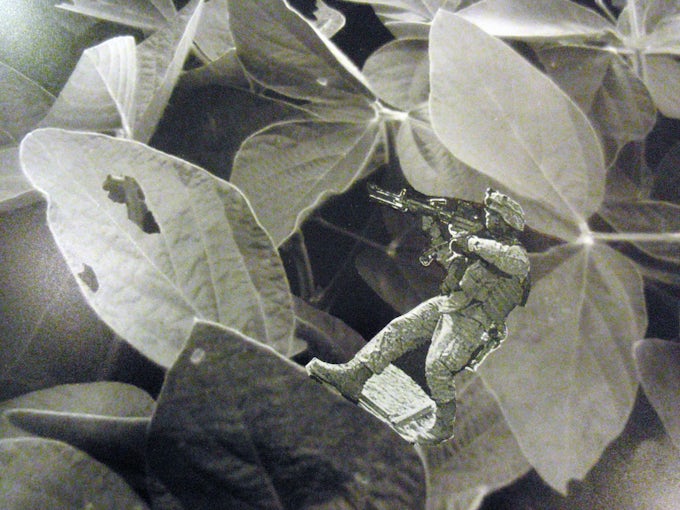A Conversation Between Eduardo Molinari and Nuria Enguita Mayo

Nuria Enguita Mayo speaks to Eduardo Molinari about Archivo Caminante and its questioning of narratives of the past and history’s configuration in the present.
“In 2001 I founded the Archivo Caminante (Walking Archive) in Buenos Aires. It comprises walking as an aesthetic practice, research using artistic methodologies (for example, photography, drawing and collage) and interdisciplinary actions. It is a visual archive in progress that critically reflects on dominant historical narratives; the processes of the construction of memory, singular as well as collective; and actions against the mummification of social and cultural memory. Materially speaking, the Archivo Caminante is comprised of around fifty boxes, which contain three kinds of documents: a) black-and-white photographs from my visits to the National General Archive (AGN), the main public archive in Buenos Aires, b) photographs I have taken while walking in urban and natural landscapes, and c) ‘trash’ or ‘garbage’ documentation of graphic scraps of mass culture, including magazines, books, newspapers, posters, flyers, postcards, maps, videos and recordings that I have found in the streets or received from people who know of my interest in these materials. Joining together these visual materials, I create the Documents of the Archivo Caminante: manual collages, drawings, photographs and photomontages. In their spatial display, I define them as expanded poetic documents. They occupy spaces in different ways: as installations; alongside ordinary furniture; at specific sites and public spaces; in graphic materials, films and publications.” — Eduardo Molinari



